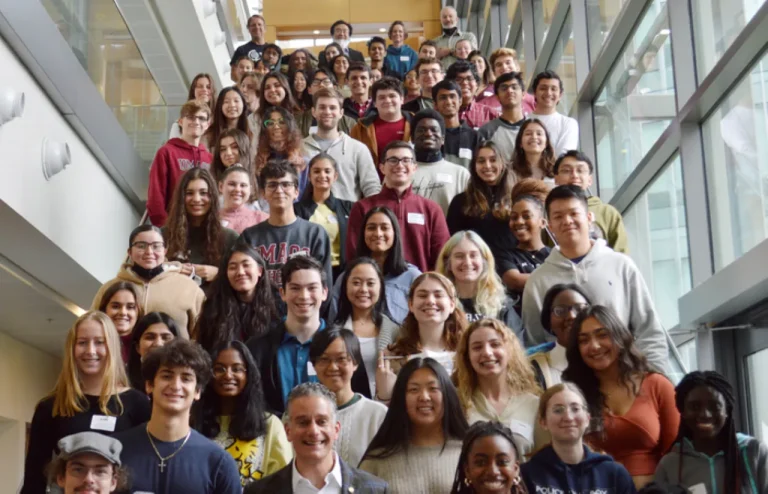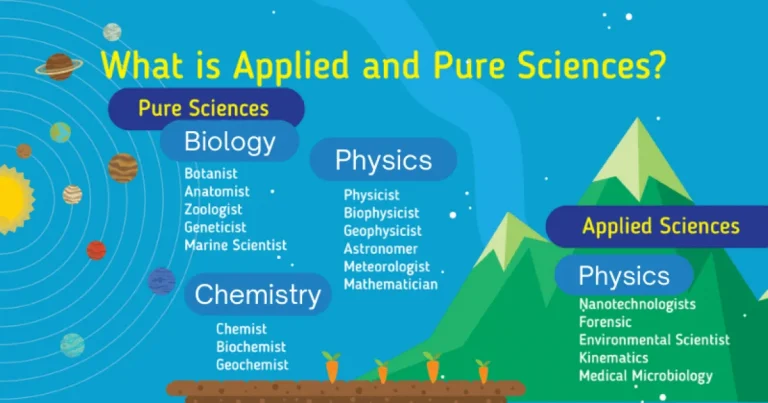What Does Predict Mean In Science? An In-Depth Look
In science, predict refers to using observation, evidence, and reasoning to forecast future events or anticipate unknown outcomes. If you’re short on time, here’s a quick answer: To predict in science is to make an educated guess about something before it is known or occurs.
In this comprehensive article, we’ll explore the meaning of prediction across scientific disciplines. We’ll look at key examples like predicting chemical reactions, weather forecasting, and projections in physics.
We’ll also examine the role of scientific models and simulations for making predictions.
Prediction in the Physical Sciences
Prediction plays a crucial role in the physical sciences, helping scientists understand and explain the natural world. By making informed guesses about future events or outcomes, researchers can test their hypotheses, validate their theories, and further our understanding of the universe.
In the physical sciences, prediction is used in various fields, including physics and chemistry, to forecast trajectories, project chemical reactions, and predict properties.
Forecasting Trajectories in Physics
In physics, predicting trajectories is essential for understanding the motion of objects in space. By applying mathematical models and using known variables such as velocity, acceleration, and the force of gravity, scientists can accurately forecast the path of an object.
For example, astronomers use predictions to determine the orbits of celestial bodies, allowing us to anticipate the movements of planets, comets, and even artificial satellites. These predictions help us plan space missions and study the behavior of objects in space.
Projecting Chemical Reactions and Properties
Chemistry relies on prediction to project how different substances will react with one another and what properties they will exhibit. By understanding the fundamental principles of chemical bonding and molecular interactions, scientists can make predictions about the outcome of reactions.
For instance, chemists can predict the products of a chemical reaction based on the types of reactants and the conditions under which the reaction occurs. These predictions guide the development of new materials, pharmaceuticals, and industrial processes.
Prediction in the physical sciences is not a mere guessing game. It is a systematic approach that combines theoretical knowledge, experimental data, and mathematical models to make educated forecasts. These predictions are then tested through rigorous experimentation and observation, allowing scientists to refine their theories and expand our understanding of the natural world.
Prediction in Climate and Earth Sciences
When it comes to the field of climate and earth sciences, prediction plays a crucial role in understanding and preparing for various natural phenomena. Scientists use advanced models and data analysis techniques to make predictions about weather patterns, climate change, and geologic events.
These predictions are based on a combination of historical data, current observations, and scientific theories, allowing researchers to gain valuable insights into the future of our planet.
Weather Forecasting and Climate Projections
One of the most common applications of prediction in climate science is weather forecasting. Meteorologists analyze data from weather stations, satellites, and other sources to predict short-term weather conditions.
These forecasts help us plan our daily activities and make informed decisions, such as whether to carry an umbrella or postpone a trip due to an impending storm.
Climate projections, on the other hand, focus on long-term trends. Scientists use computer models to simulate various climate scenarios and predict how factors like greenhouse gas emissions will impact our planet’s climate over the coming decades.
These projections play a crucial role in informing policymakers and guiding efforts to mitigate the effects of climate change.
Predicting Geologic Events Like Earthquakes
Another area where prediction is essential in earth sciences is the study of geologic events, such as earthquakes. While it is not yet possible to predict the exact time, magnitude, and location of an earthquake, scientists have made significant progress in understanding the factors that contribute to seismic activity.
By analyzing data from seismic sensors and studying historical earthquake patterns, researchers can identify regions that are more prone to earthquakes. This information helps in assessing the risk and implementing measures to reduce the potential impact of seismic events.
While earthquake prediction is still a complex and challenging task, ongoing research and advancements in technology are bringing us closer to more accurate forecasts.
Prediction in the Life Sciences
In the field of life sciences, prediction plays a crucial role in understanding and discovering the intricacies of various biological processes. Scientists use prediction to anticipate outcomes and make informed decisions based on their observations and data.
By analyzing patterns and trends, they can gain valuable insights into genetic outcomes, heredity, and ecological forecasting.
Predicting Genetic Outcomes and Heredity
One area where prediction is extensively used is in understanding genetic outcomes and heredity. Scientists are able to make predictions about the likelihood of certain traits being passed down from one generation to the next, based on the principles of inheritance and the study of genetics.
By studying patterns of inheritance, scientists can predict the probability of certain genetic disorders or traits appearing in future generations.
For example, by examining the genetic makeup of parents, scientists can predict the likelihood of their offspring inheriting a specific trait, such as eye color or susceptibility to certain diseases. This predictive ability not only helps in understanding the mechanisms of inheritance but also aids in genetic counseling and disease prevention strategies.
Ecological Forecasting of Species Distributions
Another important application of prediction in the life sciences is in ecological forecasting of species distributions. Scientists use predictive models to understand how species distribution patterns may change in response to environmental factors, climate change, and human activities.
By analyzing data on species occurrences, habitat characteristics, and environmental variables, scientists can develop models that predict the future distribution of species.
These predictions are valuable for conservation efforts, as they provide insights into the potential impacts of habitat loss, climate change, and other factors on species populations. By understanding how species distributions may shift in the future, scientists can develop strategies to mitigate the negative effects and protect vulnerable species.
For instance, through the use of predictive models, scientists have been able to anticipate the potential range expansion of invasive species and develop management plans to prevent their spread. This proactive approach can help conservationists and policymakers make informed decisions to preserve biodiversity and maintain ecosystem balance.
The Role of Models and Simulations in Scientific Prediction
When it comes to making predictions in science, models and simulations play a crucial role. These tools allow scientists to test their hypotheses and make informed predictions about the behavior of complex systems.
By creating simplified representations of real-world phenomena, scientists can gain a better understanding of how these systems work and make predictions based on their observations.
Models for Testing Predictions in Silico
One way scientists use models in scientific prediction is through in silico testing. In silico refers to computer simulations that mimic the behavior of real-world systems. By inputting known data and variables into these simulations, scientists can observe the predicted outcomes and compare them to real-world observations.
This allows them to test the validity of their predictions and refine their models accordingly.
For example, in the field of climate science, scientists use complex climate models to predict future climate patterns. These models take into account factors such as greenhouse gas emissions, solar radiation, and ocean currents to simulate how the climate will change over time.
By comparing the model’s predictions to actual climate data, scientists can evaluate the accuracy of their predictions and make necessary adjustments to improve the model’s performance.
Improving Predictive Accuracy with Data Assimilation
Another important aspect of scientific prediction is data assimilation. This involves combining observational data with model predictions to improve the accuracy of predictions. By assimilating real-world data into their models, scientists can account for any discrepancies between the model’s predictions and actual observations.
This iterative process helps refine the model and make more accurate predictions in the future.
Data assimilation is widely used in various scientific fields, including meteorology, ecology, and economics. In meteorology, for instance, weather forecast models are constantly updated with real-time observations to provide accurate predictions.
By assimilating data from weather stations, satellites, and other sources, meteorologists can continuously refine their models and improve the accuracy of their weather forecasts.
It’s important to note that models and simulations are not infallible, and their predictions are always subject to uncertainties. However, by incorporating real-world data and continually refining these models, scientists can make increasingly accurate predictions that can inform decision-making and advance our understanding of the natural world.
Conclusion
In conclusion, prediction is vital across the sciences, enabling forecasting of outcomes, behaviors, and events before they occur or can be measured. Scientific predictions rely on existing knowledge, modeling, and informed extrapolation to expand the frontiers of the unknown.







